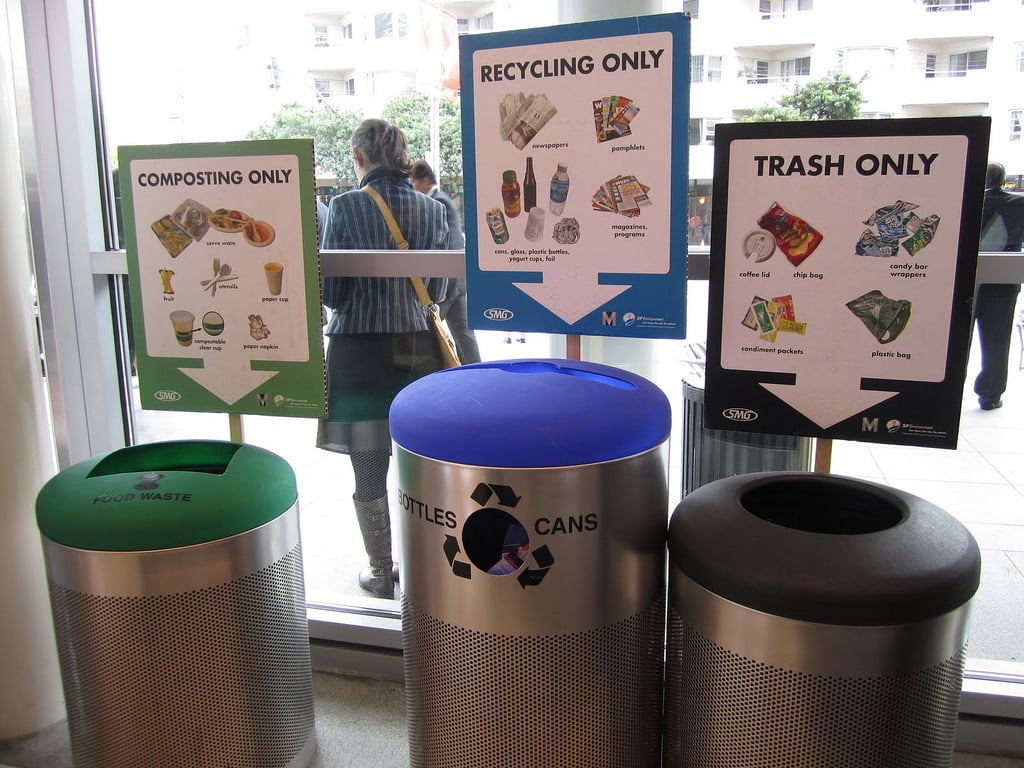Today SLCgreen joined Salt Lake City Mayor Ralph Becker to unveil a new and innovative tool to track our sustainability efforts and engage with the public.
The Sustainable City Dashboard website features over 100 different metrics from 12 core areas of livability: Air & Climate, Energy, Recycling, Transportation, Open Space, Water, Urban Forestry, Arts & Culture, Housing, Community Health & Safety, Food & Nutrition and Education.
“The Sustainable City Dashboard is an effort to openly engage with residents as we work toward our goals for the future,” said Mayor Becker. “The tool illuminates a broad and ambitious agenda to protect our resources, enhance our assets and establish a path toward greater resiliency and vitality for every aspect of our community.”
The dashboard also features a venue for residents to voice their ideas and concerns about all aspects of Salt Lake City life. The new format, facilitated through Open City Hall, provides the opportunity for two-way communication and enhanced idea sharing.
We hope that Salt Lake City residents will see the new dashboard as an opportunity to explore what their city is doing to improve our community, and become part of the process by sharing their own ideas on how we can reach our goals.
Start exploring the new Sustainable City Dashboard. We can’t wait to hear your ideas!











